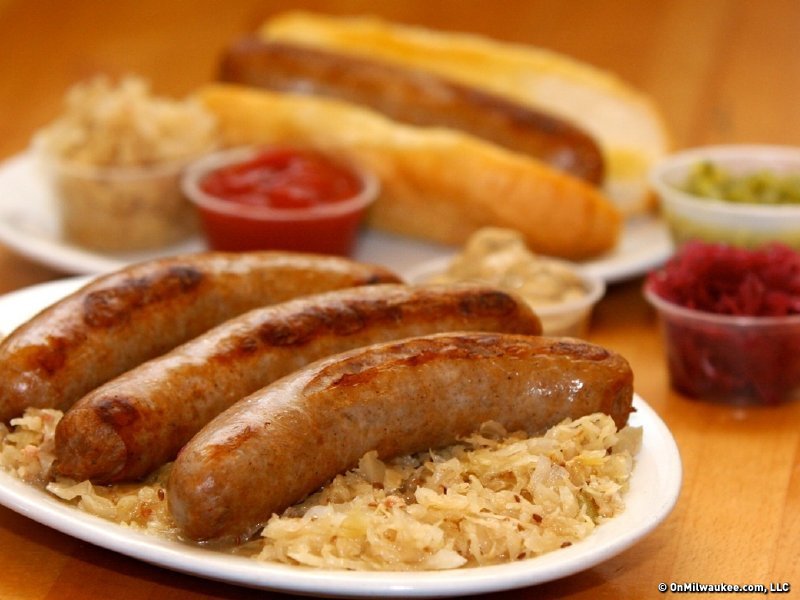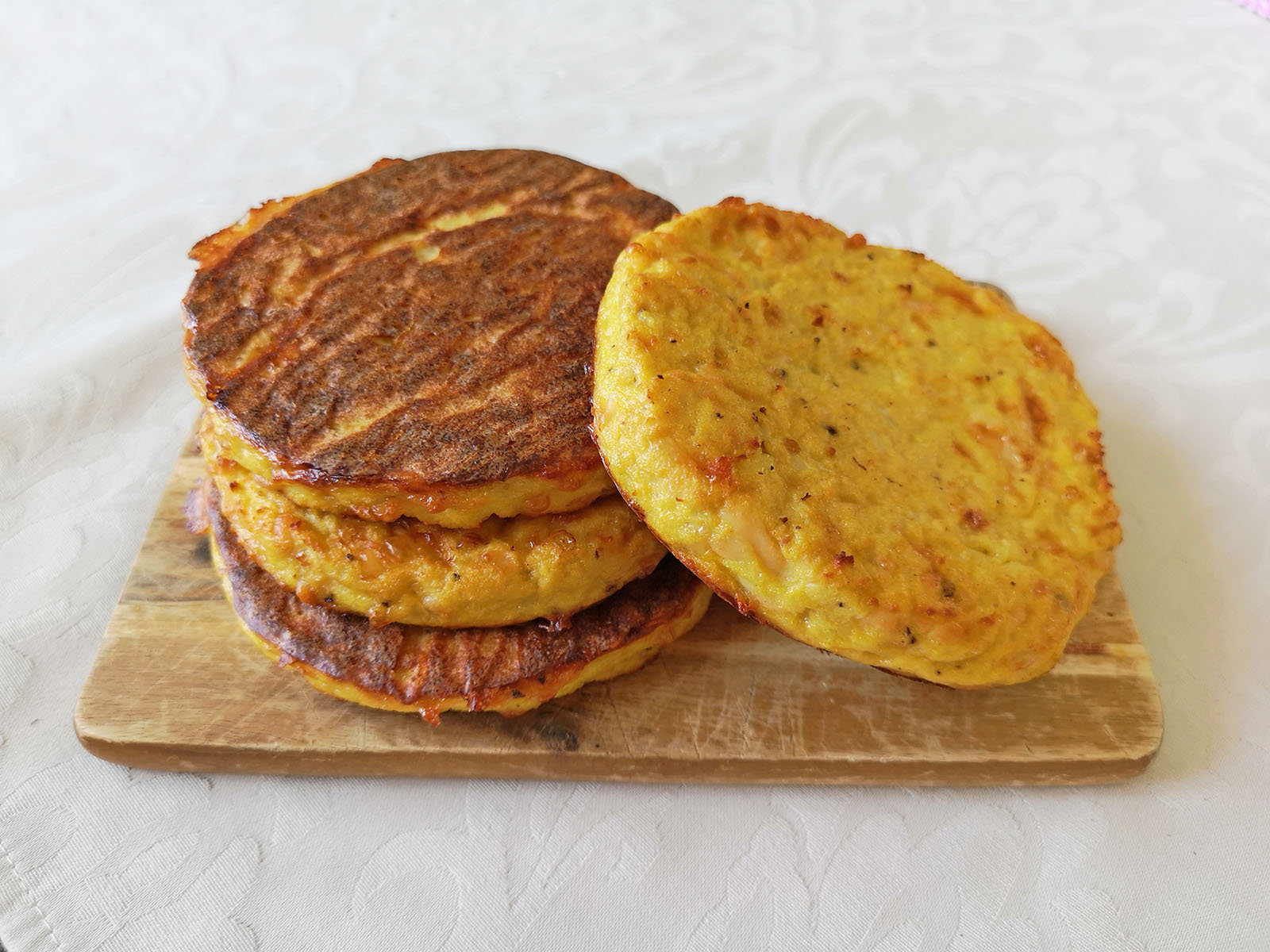The farmers market is at its best by mid-August – teeming with sun-ripened tomatoes, gleaming eggplants, ruby red peppers and plenty of ultra-sweet corn on the cob.
But, do you know the tricks of the trade when shopping for corn?
A lot of people think that picking out decent sweet corn is a matter of chance. Others resort to shucking the corn while standing at the farm stand, examining each kernel and usually making a mess in the process.
Don't be that guy or gal.
Shucked or semi-shucked corn loses moisture and flavor. So, please don't pry open the corn husks before buying – especially at the farmers market. The husks protect the corn from drying out and provide a means for extended storage – so the corn you leave behind isn't likely to be very attractive to anyone else. The farmers often can't sell the corn that's been opened this way, which also reduces the money they make on their crop.
The best way to see if an ear of corn is going to be good is to look at it. It should look fresh and moist, not dried out. The husk should be bright green, and the end where it's been cut from the plant should look freshly shorn. You can also gently feel up and down the ear of corn to feel for the kernels. If they're plump and firm, you'll almost be able to feel the rows of them running up and down the cob. In almost all cases, you can tell if the kernels are fully developed. Avoid corn with uneven bumpy rows of kernels.
Another good piece of advice is to buy sweet corn early in the morning. Sugar converts to starch as the freshly picked corn sits unrefrigerated during the day. So, for the freshest, sweetest corn, buy it early and promptly transport it to the refrigerator. If you must keep the corn for a day or more, wrap the unhusked corn in damp paper towels, and place them in an air-tight container or Ziploc. Store them in the middle front of the refrigerator, where the temperature is moderately cool and will keep the corn freshest.
And, while we're at the height of the season, here are some great tips for making the most of the awesome corn you bought at the market:
1. When boiling corn, DON'T add salt to the water. It only toughens the corn as it cooks.
2. Try making compound butter to eat with your corn. Mix softened butter with herbs, chipotle peppers or a bit of lemon or orange zest for a whole new take on corn on the cob.
3. Make elote, Mexican roasted sweet corn, by grilling whole ears of corn for 10-15 minutes. When the corn is cooked, remove the husks and slather each ear with mayonnaise. Sprinkle the corn with fresh lime juice, followed by a pinch of salt, a healthy sprinkle of cotija cheese or queso fresco and a light dusting of chile powder. Enjoy.
4. Many people don't know it, but fresh sweet corn can be eaten raw. Cut it off the cob, toss it with some rinsed canned black beans, diced red onion, red pepper, tomato and cilantro and dress with a bit of lemon vinaigrette. Heaven.
5. Since there's nothing better than fresh-frozen sweet corn in the middle of winter, why not try freezing some? Blanch shucked cobs of corn in boiling water for four to five minutes, then immediately place them into a large bowl of ice water to halt the cooking process. Once the corn is cool, cut the kernels from the cob with a sharp knife, pack it into labeled freezer bags and place it into the freezer. Frozen corn will keep for six months to a year.
As a passionate champion of the local dining scene, Lori has reimagined the restaurant critic's role into that of a trusted dining concierge, guiding food lovers to delightful culinary discoveries and memorable experiences.
Lori is an avid cook whose accrual of condiments and spices is rivaled only by her cookbook collection. Her passion for the culinary industry was birthed while balancing A&W root beer mugs as a teenage carhop, fed by insatiable curiosity and fueled by the people whose stories entwine with every dish. Lori is the author of two books: the "Wisconsin Field to Fork" cookbook and "Milwaukee Food". Her work has garnered journalism awards from entities including the Milwaukee Press Club. In 2024, Lori was honored with a "Top 20 Women in Hospitality to Watch" award by the Wisconsin Restaurant Association.
When she’s not eating, photographing food, writing or planning for TV and radio spots, you’ll find Lori seeking out adventures with her husband Paul, traveling, cooking, reading, learning, snuggling with her cats and looking for ways to make a difference.







